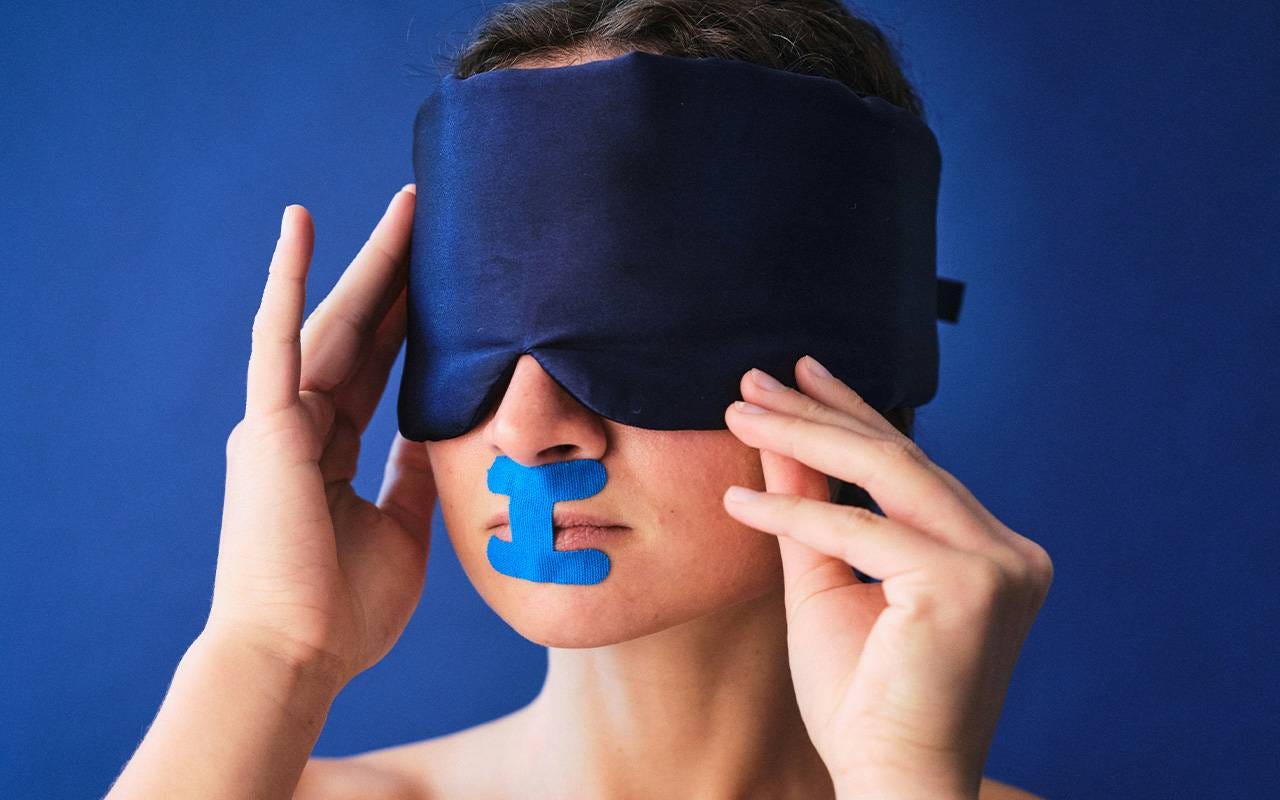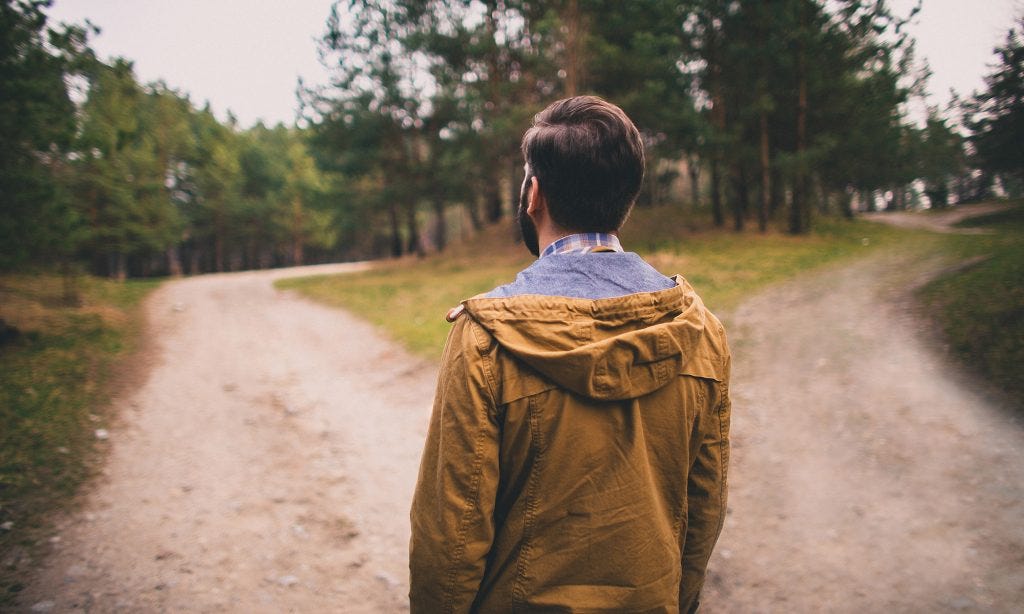Alone, Not Lonely: The Healing Power of Solitude
Description
In today’s hyper-connected world, we rarely sit in silence. Even when we’re physically alone, we scroll, stream, text, or talk. We equate being alone with being left out, and solitude is often mistaken for loneliness.
But solitude, when embraced with intention, is one of the most powerful mental health tools we have. It allows us to pause the noise, reconnect with our inner world, and replenish our emotional energy.
In this post, we’ll explore:
* What solitude actually is (and isn’t)
* The psychological benefits of solitude
* When solitude becomes self-protection
* How to create a personalized “Solitude Ritual” to support your mental health
🧠 Want to go deeper? Listen to this week’s Mental Health Bites episode right here on Substack or on Apple Podcasts. You’ll also find supporting video content on my YouTube channel.
Solitude ≠ Loneliness
Let’s start with the distinction.
* Loneliness is the ache of disconnection. You might feel lonely in a crowded room, on social media, or even in close relationships.
* Solitude is the active choice to be alone for restoration, reflection, and inner clarity.
Solitude is not about isolation or avoidance. It’s about making space to meet yourself without distraction—space where you can process thoughts, regulate emotions, and access creativity.
Yet, our culture often treats solitude as suspect. Messages like “never eat alone” or “always be available” keep us chasing constant connection. But in our effort to always be “on,” we often lose connection with the most important relationship of all: the one with ourselves.
The Science of Solitude
Psychologically, solitude offers a cascade of benefits. It’s linked to:
* Enhanced creativity
* Improved concentration and decision-making
* Emotional regulation and clarity
* Activation of the default mode network — the brain’s introspection system, which supports memory consolidation and self-reflection
A study in Personality and Individual Differences found that people who intentionally seek solitude—because they value it, not because they’re avoiding others—report higher well-being and lower stress.
Researchers at the University of Buffalo found a similar effect: people who genuinely enjoy their own company tend to be more emotionally stable and less reliant on external validation.
In short, solitude teaches us how to self-soothe, self-direct, and self-discover.
When Solitude Becomes Self-Protection
But solitude isn’t always healthy.
For those with avoidant attachment styles, solitude can become a mask—justified as “independence,” but actually a way to avoid intimacy and vulnerability.
If you frequently tell yourself:
* “I just prefer being alone.”
* “People are exhausting.”
* “I don’t need anyone.”
—take a moment to reflect. Are these preferences… or protective mechanisms?
Solitude should be replenishing, not numbing.
Ask yourself:
* Do I feel refreshed after time alone? Or empty and disconnected?
* Am I using solitude to connect with myself—or to avoid connection with others?
When chosen with clarity, solitude heals. When used to hide, it can prolong the very wounds we’re afraid to face.
Build a Solitude Ritual: A Simple Practice to Rewire Your Brain
You don’t need to go off the grid or retreat to a cabin in the woods. A few intentional minutes a day can radically shift your nervous system.
Here’s how to create a Solitude Ritual that helps your brain associate “alone time” with nourishment, not threat.
Step 1: Choose Your Space
Pick a place that feels comforting and safe—your favorite chair, a quiet corner, even your car parked in a scenic spot.
Step 2: Set a Timer
Start with just 5–10 minutes. Your brain loves predictability. Rituals build emotional safety through repetition.
Step 3: Choose a Gentle Activity
Pick something that promotes presence without numbing you. Examples:
* Journaling
* Drinking tea mindfully
* Deep breathing
* Watching trees or clouds
* Light stretching or doodling
Avoid using your phone or multitasking.
Step 4: Eliminate Distractions
Put your phone on silent. Let others know you’re unavailable. Use a timer so you’re not clock-watching.
Step 5: Set an Intention
Before you begin, remind yourself: “I am doing this to nourish myself.” This simple mindset shift can change how your brain interprets the experience.
Step 6: Do the Task
Be present for the full duration. If emotions come up, just notice them. No judgment.
Step 7: Reflect
Afterward, ask: How do I feel? Even discomfort is data. Over time, you’ll likely feel more grounded, calm, and connected to yourself.
Solitude Creates the Space for Wholeness
In a world that equates busyness with worth, solitude is a radical act of self-respect.
We are social beings—but to show up fully in our relationships, we need to know who we are outside of them. Solitude gives us that knowing. It reminds us that we are whole, even in silence.
And as you build your solitude ritual, you may find that external validation loosens its grip. You’ll no longer seek yourself in other people’s reflections—you’ll find yourself already within.
Want More Tools for Inner Growth?
📌 Listen to the full Mental Health Bites episode on solitude wherever you get your podcasts.📌 Join thousands of readers by subscribing to my weekly newsletter here on Substack.📌 Explore video tips and mini-practices on YouTube.📌 Share this post with a friend who struggles with alone time—you might just help them build a new relationship with themselves.
Until next time, take care of your mental health.
Warmly,
Dr. Judy HoTriple Board-Certified Clinical and Forensic Neuropsychologist
And one last thing: I also have a paid subscriber option where you can get even more resources, access to private Q&As, and access to my entire back catalogue of techniques and tools.
Order The New Rules of Attachment here: https://bit.ly/3MvuvvF
Take my attachment styles quiz
About me:
Dr. Judy Ho, Ph. D., ABPP, ABPdN is a triple board certified and licensed Clinical and Forensic Neuropsychologist, a tenured Associate Professor at Pepperdine University, television and podcast host, and author of Stop Self-Sabotage. An avid researcher and a two-time recipient of the National Institute of Mental Health Services Research Award, Dr. Judy maintains a private practice where she specializes in comprehensive neuropsychological evaluations and expert witness work. She is often called on by the media as an expert psychologist and is also a sought after public speaker for universities, businesses, and organizations.
Dr. Judy received her bachelor's degrees in Psychology and Business Administration from UC Berkeley, and her masters and doctorate from SDSU/UCSD Joint Doctoral Program in Clinical Psychology. She completed a National Institute of Mental Health sponsored fellowship at UCLA's Semel Institute.
This is a public episode. If you'd like to discuss this with other subscribers or get access to bonus episodes, visit drjudyho.substack.com/subscribe
























